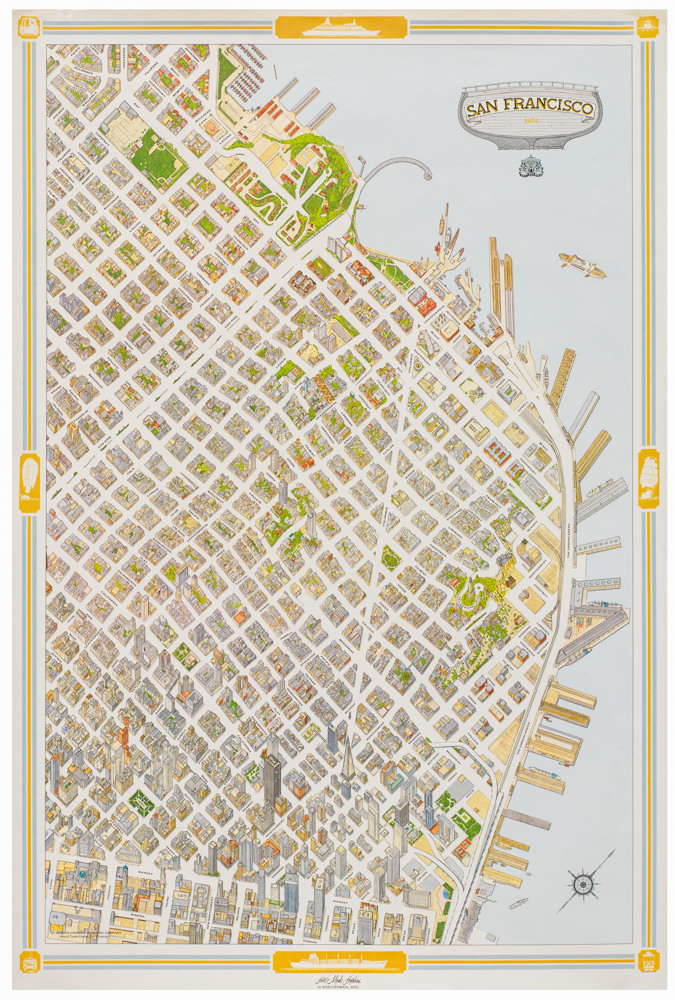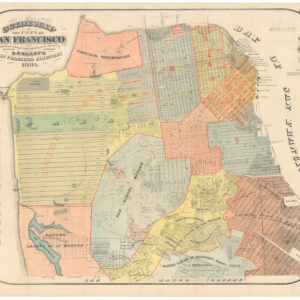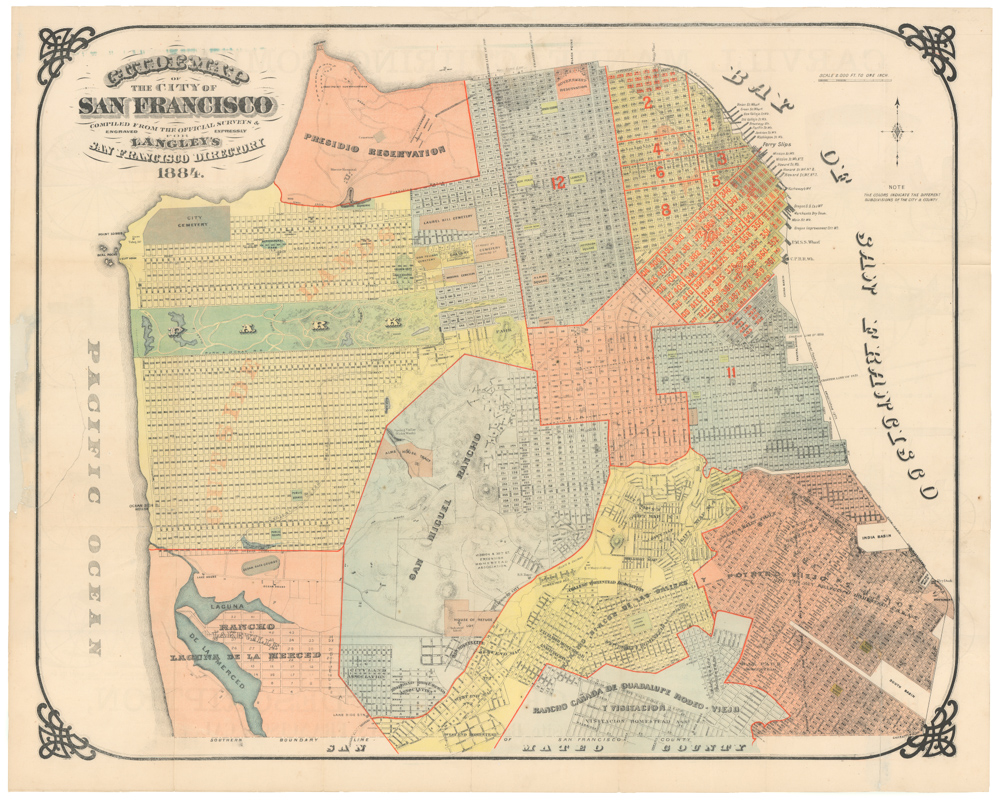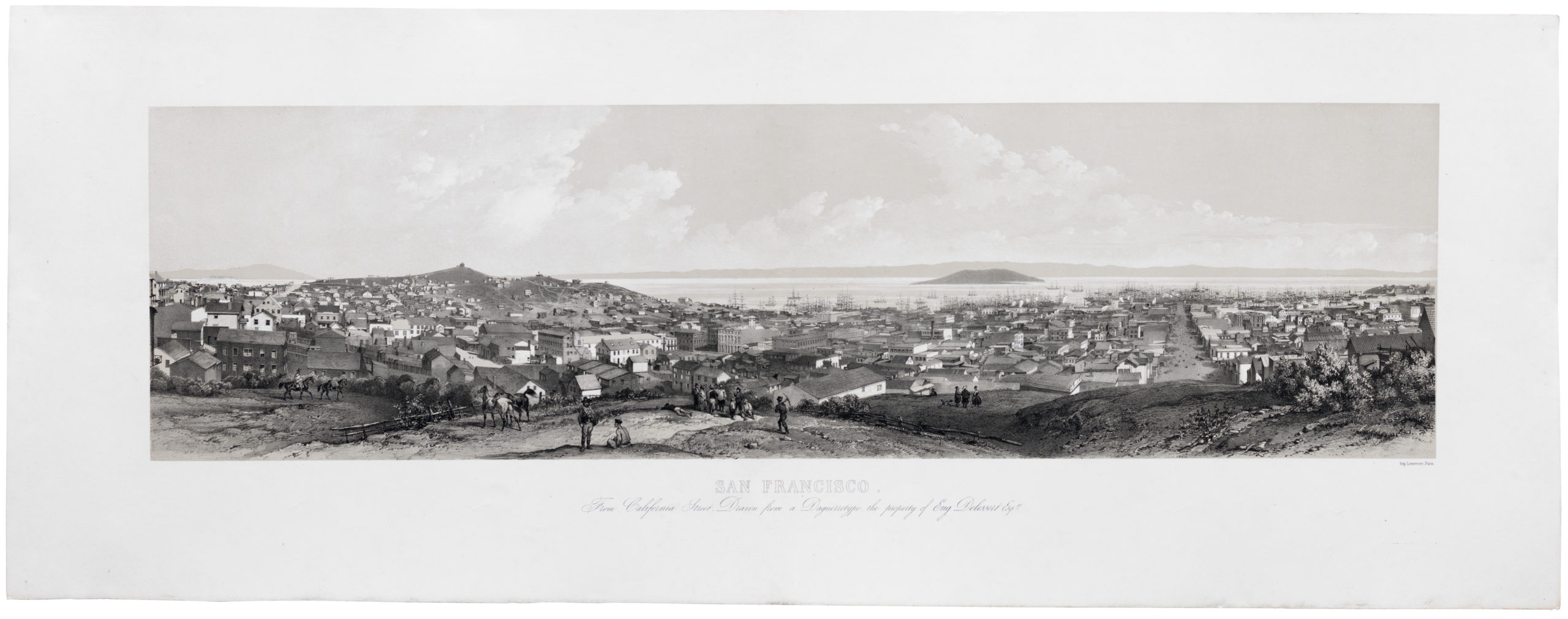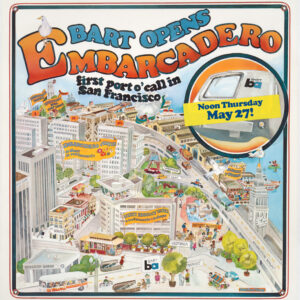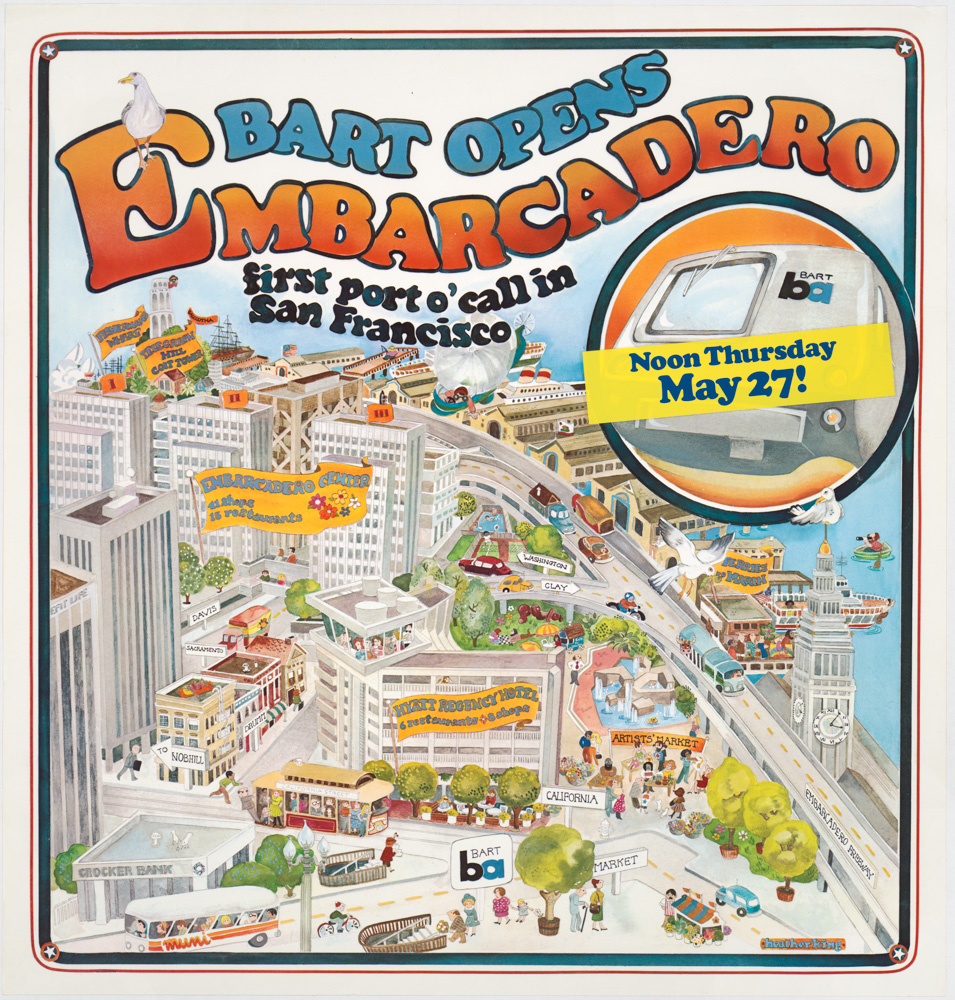Album with 12 original silver-prints from the landing of the first Trans-Pacific telegraph cable in San Francisco.
When the Cable was Landed. Sunday, Dec. 14, 1902.
Out of stock
Description
This incredible photo album captures a decisive event in the early modern history of San Francisco, and indeed of the United States. Not only was the completion of a Trans-Pacific telegraph line an important milestone in establishing a global communications infrastructure, but it was also a highly symbolic event. One in which the world became just a little smaller.

This wonderful photo album from the dawn of the 20th century captures one of the most important events in San Francisco’s history. On December 14th 1902, the first trans-Pacific telegraph cable landed on the shores of the city, thus finalizing the physical lines of communication between the US and eastern Asia (especially China, the Philippines, and Japan). The event was long awaited and one that was celebrated by a gathering of officials and prominent stake holders on Ocean Beach, where the cable drums were rolled out of the ocean. Naturally, the event was captured by commercial photographers as well, and this album consists of precisely such a photographical record.
The photographs consist of twelve original silver prints measuring between 2.5” by 4.5” and 3.75” by 4.25”. The photos have been mounted in an album (5.5” x 7”) with black paper covers, red and gold cordage on the spine, and the title and date hand-written in white ink on the front cover. The photographs have been mounted on black paper as well, and captioned in the same white ink that is found on the front cover. On the interior of the back cover we find the signature of G. Harrington, also in the same white ink. It is not wholly clear whether this in fact was the photographer behind the evocative images, or whether he simply compiled the album. Given the photographer’s proximity to the event, he must either have been an official member of the press or have worked for one of the major stake holders involved. When considering the signature and degree of access in unison, the most likely explanation is that these are early photographs by George Harrington, a renowned travel photographer most active in the 1920s. Regardless of its author, the album constitutes one of the most vivid and engaging documentations of this event that we have ever seen.
The landing and splicing of the telegraph cables on Ocean Beach in late 1902 marked a decisive leap forward in global communication infrastructure and put San Francisco even more ‘on the map’ than it had been before. It would also inaugurate a new era of commercial development all along of the West Coast.
Californians of all backgrounds appreciated the significance of the event, which drew more than 40,000 onlookers, including the prominent figures depicted in some of these photographs. The first shot captures Clarence Mackay, President of the Pacific Commercial Cable Company. Partially visible in another photo is 11 year-old Lucille Gage, the daughter of California Governor Henry Gage, who christened the cable with the words “In memory of John W. Mackay, I christen thee Pacific Cable. May it always carry messages of happiness.”
Other subjects captured in these images include mounted police and several images of the crowd, including one in which people are gathered around a flag pole to hear a band playing the national anthem. From the hand-written captions we are provided with significant information on who or what is portrayed in the images. In one case the caption reads: “The crowd, Friday Dec. 12. Mr. Ward + Mr. Storrer in foreground,” revealing that we are looking at George G. Ward, vice-president of the Commercial Cable Company, and L. W. Storrer, superintendent of the Pacific Postal Telegraph Company. In the background, beyond the large crowd assembled on the beach, we see the dramatically beautiful Victorian Cliff House, which was built by Adolph Sutro in 1896 (see also: Sutro Baths poster).
Additionally, there are images of workers engaged in hauling the cables out of the surf and preparing them for splicing. Many of the captions explain what we are seeing and include notes like: “Bringing in the Buoys; Cable and line of buoys—just after the cable was landed; Life-boat starting for the last two buoys; Landing the Balloon Buoys; Landing the Buoys; about to launch the life-boat; Launching the Life-boat; and The first Howser…when an unsuccessful attempt was made to land the Cable.”
Context is everything
It was an early December morning in 1902 when the steamer Silvertown arrived outside San Francisco. This large cable-laying vessel had begun its voyage from Honolulu with a cargo of more than 2200 miles of telegraph cable. Its mission was to cross the rest of the Pacific Ocean to California, laying the cable at a depth of nearly three miles along the way. If they were successful, this would complete the the trans-Pacific telegraph cable and thus the full circumnavigation of the earth by telegraph wire.
The shore was breached by sending a smaller vessel, the Newsboy, closer to the beach. Then, using a lifeboat crew, a rope was sent ashore to which the cable drums were attached, allowing them to be dragged on to the beach. Here the cables had to be spliced to the existing terrestrial cable wire, which in turn was connected to a nearby cable station. The process was arduous and took well into the afternoon, but the crowds were entertained by speeches and music. Once the splicing had been completed, horses drew the cables through an excavated trench to the local cable station, finalizing the physical communications interface between America and Asia. While this process was taking place on land, the Newsboy returned to sea, where it anchored the cable with balloon buoys some five miles off shore, before being hoisted back on to the Silvertown. Once the connection had been fully established, the first message sent was from the cable station to Chief Engineer Benest on the Silvertown, congratulating him on the successful landing. The next telegram was from Clarence Mackay, head of the Pacific Commercial Cable Company, to President Roosevelt, informing him of the project’s success.
Census
We have not been able to identify any other examples of this album, nor individual copies of the silver prints therein. Stanford University nevertheless holds a considerable collection of George Harrington photographs from the 1920s.

Cartographer(s):
G. Harrington is most likely George Harrington (1883-1930), a well known travel photographer who especially is known for his work in Bolivia and Argentina (1921-26). A collection of his South American images are held in the Stanford Libraries (https://searchworks.stanford.edu/catalog?f%5Bcollection%5D%5B%5D=4471142).
Condition Description
Photo album (5.5 x 7 in), black paper covers, original red and gold cord at spine, title and date in white ink on front cover. 12 original silver prints (2.5 x 4.5 in to 3.75 x 4.25 in), mounted on black paper and captioned in white ink; inside of back cover signed 'G. Harrington' in white ink.
References
McAdie, Alexander G. The Laying of the American Trans-Pacific Cable at atlantic-cable.com; The Commercial Pacific Cable Company at atlantic-cable.com

